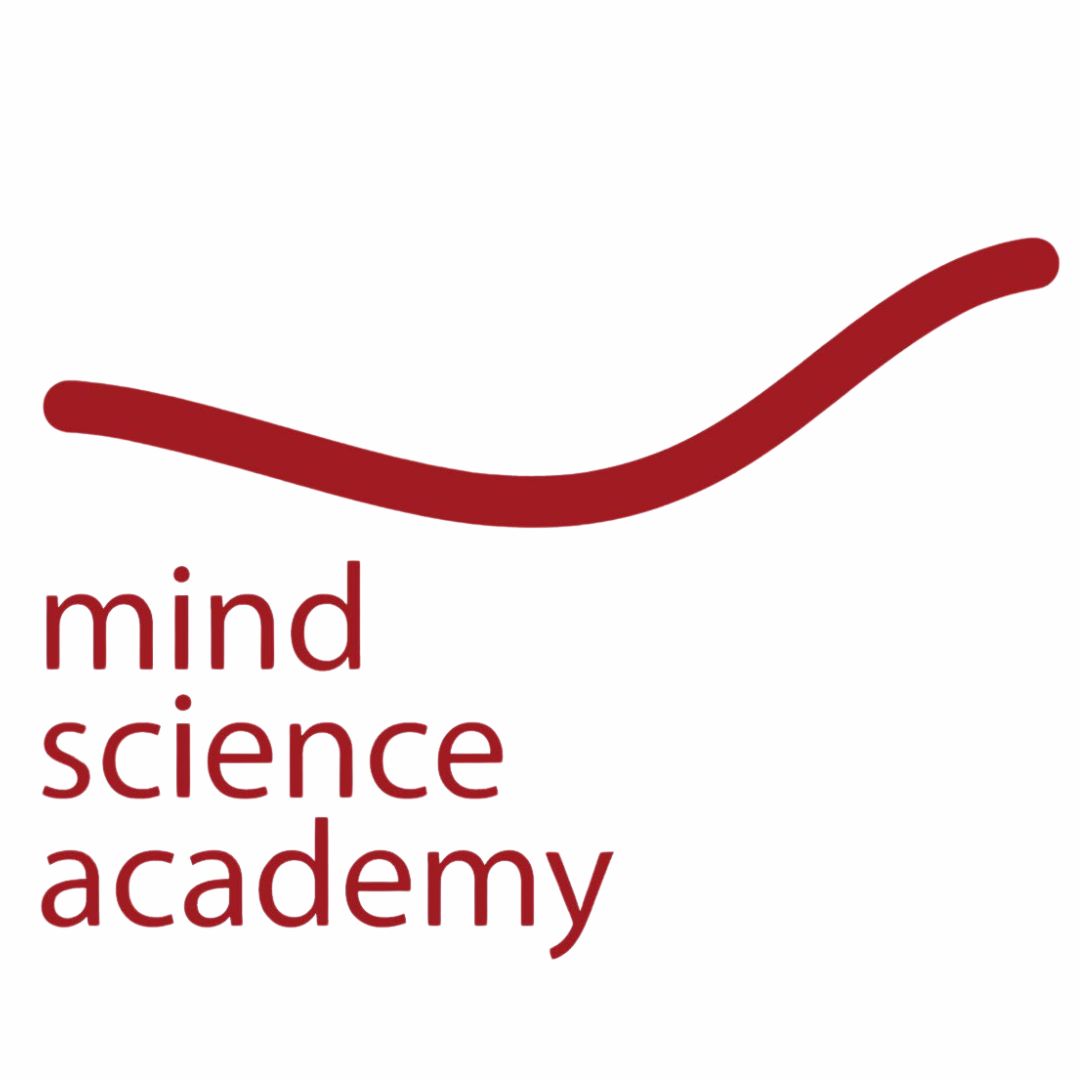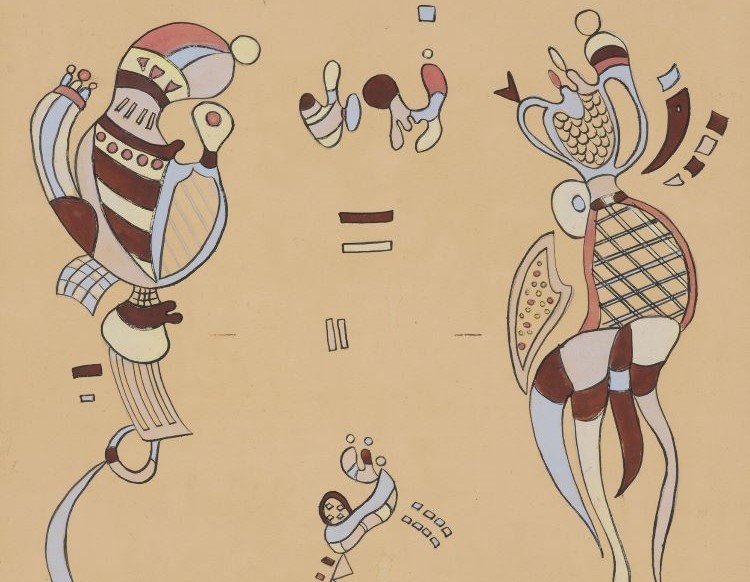It is not easy to read John of the Cross; his direct and concise style is counted among the complex readings of Christian mysticism. However, for those familiar with Buddhist literature, John's texts may somehow resonate as familiar, if only due to the analytical style and the surprising reference to a term he calls nothing. For the Buddhist reader, this term does not go unnoticed. Not only because of its affinity with the word emptiness, but also due to a series of truly interesting elements. It must be stated that in no way do I intend to engage in an integrative approach to the two philosophies, not only due to the complexity but also because I do not find it useful, much less necessary. The philosophy of John of the Cross fits within the Christian theological context and can only be understood from that perspective.
The same goes for the concept of emptiness, which would make no sense if extracted from the Buddhist philosophical context. Nevertheless, and free from any integrative aspirations, here are some considerations that I hope will be useful.
John of the Cross is one of the greatest mystics of the Christian tradition, known for his profound exploration of the spiritual experience and the journey of union with the divine. Born in 1542 in Spain, he left a spiritual legacy that deeply influenced mystical theology. The concept of nothing, one of the central aspects of his thought, is explored through two main works, The Ascent of Mount Carmel and The Dark Night.
In John of the Cross's thought, nothing represents the total detachment from material things, worldly desires, and even spiritual consolations. It is a progressive methodological stripping away that begins with distancing oneself from the illusions created by the mind and the five senses in our perception, until ultimately freeing oneself from even spiritual concepts, the tools used, and finally the path itself, including the concept of God. John of the Cross insists that only through nothing can the soul shed the attachments that bind it to the world and prepare for the encounter with the Divine. By "world," he means what is material, that is, what our mind perceives as having a self. This is surprisingly akin to the realization of emptiness: everything is empty of intrinsic existence because it is conditioned by other factors. Understanding emptiness frees the mind from the three poisons: attachment, aversion, and ignorance, and leads to enlightenment.
For the sake of brevity, I am forced to omit a distinctive element between the two philosophies, namely the concept of Soul, which John of the Cross considers the vehicle moving towards the path of divine union, while in Buddhism it is denied as is the divine union in favor of the mind realizing the ultimate reality of things. I invite the reader to an uncomfortable exercise in balancing, focusing solely on the path and not on the philosophical definitions of those who undertake it, nor on the definition of the destination.
Both the nothing of John of the Cross and the Buddhist emptiness imply detachment from material and psychological attachments. In both cases, detachment is a means to achieve a deeper understanding of reality. John of the Cross speaks of nothing as a necessary process of purification for enlightenment, which in the Christian context is union with God. In Buddhism, too, the understanding of emptiness leads to enlightenment and is essential for purifying the mind from ignorance and illusions. Both the Buddhist emptiness and the nothing of John of the Cross presuppose the transcendence of ego and personal identity. John of the Cross insists on the abandonment of self to find God, while Buddhist emptiness dissolves the notion of a permanent, autonomous self.
The Buddhist reader who delves into John of the Cross is struck by two elements. On the one hand, the constant reference to detachment, which so closely recalls the liberation from the three poisons and the illusion of the intrinsic nature of the self. On the other hand, there is no practical reference on how to apply oneself in detail and progress towards these realizations. In the text The Ascent of Mount Carmel, the stages that a human being must go through are described in great detail, but without reference to a precise method. Those familiar with Christian mysticism will recognize this characteristic in many other texts that refer to paths, journeys, and ascents of all kinds, such as in the case of the Ladder of John Climacus, the itinerary of Saint Bonaventure, The Cloud of Unknowing, and the Way of Perfection by Teresa of Avila. Although I believe that John of the Cross is among the most Buddhist of Christian mystics, at least in the way he presents his ideas with clarity and method, he, like other Christian mystics, provides few practical details on how to realize those concepts that he so clearly describes.
Mindfulness. The text describes the Vipassana practice, a fundamental tool in Buddhism for developing awareness and understanding of the impermanent and interdependent nature of all phenomena. Through Vipassana meditation, the practitioner comes to cut the root of all attachment and consequently achieves liberation from suffering. In the Buddhist context, this is the realization of emptiness. Thus, if Vipassana meditation is functional in realizing that nothing is worth our attachment because it is empty of intrinsic existence, then it would be equally functional for the nothing of John of the Cross, that is, the total detachment from material things. In this sense, the Satipatthana Sutta could be a useful tool in the mystical path described by John of the Cross and other mystics.
The problem is that both the Satipatthana Sutta and many of its commentaries are written in the characteristic registers of Buddhist philosophy, often difficult to understand for the practitioner in general, and especially for the Christian practitioner who is distant from the philosophy emphasized in these texts. In my opinion, a valid alternative is Mahasi Sayadaw's Manual of Insight, a relatively modern, practical, and easy-to-read commentary on the Satipatthana Sutta, which helps to structure Vipassana practice well for practitioners coming from both a Buddhist and a Christian mystical perspective.
Let's return to John of the Cross and the path of mystical realization he proposes. Vipassana meditation practice can be easily integrated by the Christian practitioner because the awareness it develops brings to light the attachments and aversions that our mind constantly encounters on an increasingly subtle level and can facilitate the detachment required by John of the Cross in The Ascent of Mount Carmel.
Moreover, during phases of suffering and spiritual desolation (which John of the Cross calls the dark night), Vipassana meditation practice offers concrete support, helping practitioners maintain calm and mental balance, recognize the mind's traps, and unmask the armies of Mara. Observing phenomena as they are, without judgment, helps manage the practitioner's emotional and spiritual difficulties, facilitating the passage through the dark night with firmness and serenity. Both paths aim at a form of union or ultimate realization. For Saint John of the Cross, it is the mystical union with God; for Mahasi Sayadaw, it is enlightenment through the realization of emptiness. Additionally, both practices require a form of concentrated attention and presence in the here and now, which paves the way for a spiritual experience that transcends the ego and personal illusions to approach a deeper truth.



